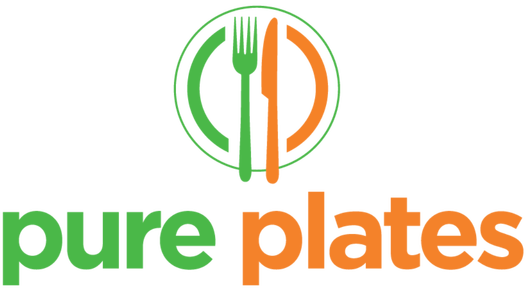What is the Keto Diet?
Over the last 100 years or so, we’ve seen a plethora of fad diets come and go: in the 1930’s, Hollywood popularized the Grapefruit diet; in the 1950’s, Maria Callas made the tapeworm diet famous... In just the last 20 years alone, all of us have either tried or known someone who’s done the Atkins diet, Weight Watchers, Paleo, Vegan, and the list goes on. Some of these fad diets have their merits; others...not so much. The Keto diet is a diet that’s netting more and more press these days...and you may be wondering: what, exactly, is it? It’s a diet...but its focus is not weight loss or even optimum nutrition.
The History of the Keto Diet
Believe it or not, the Ketogenic diet is nothing new: it’s a therapeutic diet that was developed in the 1920’s to treat epilepsy in children. It proved to be effective for this in many cases, and use of the Ketogenic diet continued into the 1930’s. With the advent of anticonvulsant drugs, the Ketogenic diet became a second line treatment for those who did not achieve control with pharmaceuticals.
The ketogenic diet went largely unnoticed for decades; in the 1990’s, a Hollywood producer’s child Charlie was successfully treated with the Keto diet when first line treatments failed; a movie starring Meryl Streep, based on the producer’s son, hit television screens in 1997. Jim Abrahams, the producer, went on to found the Charlie Foundation to promote the diet and to gather funding for it. As a result of all of this, the ketogenic diet has gathered a great deal of steam. The ketogenic is now under consideration for the treatment of a wide variety of disorders in addition to epilepsy.
What is the Keto Diet?

In a nutshell, keto is requires high-fat, extremely low-carb, and average protein intake; the breakdown varies based upon a physician's specific recommendations, but generally it is 5% carbohydrates, 25% protein, and 70% fat. Achieving the ideal ketogenic ratio is the #1 goal of this diet.
Approved amounts of low-carbohydrate vegetables get the green light with the Keto diet. Fats in the diet, both unsaturated and saturated, can be from sources such as avocados, fish, and whole dairy. Carbohydrates such as flour and sugar are avoided; moderate amounts of nuts are allowed. Only small amounts of fruit are allowed
Why such an emphasis on the ratio...and why such restricted food intake? The entire goal of the ketogenic diet is to force your body into the state of ‘ketosis’. Ketosis happens when your body runs out of carbs to burn for energy: the body must move on to both fat and protein for energy.
The Ketogenic Diet and Your Health
Although people do find success with the ketogenic diet for weight loss, the fact is that this is a diet that was first and foremost designed to treat specific medical conditions like Epilepsy. So we suggest that if you're going to follow it, do so under the guide of a nutrition specialist who is well-versed in Ketogenic diets.
Want to Start a Keto Diet?

If you’re ready to make significant lifestyle changes for your health, or you just want an easier way to try the keto diet without trying to figure out the menu for yourself, we've created 5-Day Keto meal plans completely prepared for you! All you have to do is order them and have them delivered to your door. Our 5 Day Keto Plans are a great, and easy, way to guarantee you are getting the Keto specific foods you need. If we aren’t local to you, connect with a nutritionist for recommendations on how to start making big changes (and ask about local meal services if you want an easier way to start doing it).
_________________________________________________________________________
ABOUT THE AUTHOR
Hannah Ash, Journalist and Blog Strategist, Nutrition Fanatic
 JoHannah Ash first discovered the transformative power of nutrition after struggling to shed post-baby weight: today, she is 100% committed to continuously learning about disease prevention, weight loss, and healthy living through the foods we eat. She spent a decade living in Burlington, Vermont, surrounded by pioneers in the 'local foods' and 'farm-to-table' movements -- and is proud to have been one of the first people to purchase (and wear) one of the now-famous 'Eat More Kale' shirts. When it comes to meal planning for her family, her philosophy can be summed up in three words: "Easy. Pure. Tasty."
JoHannah Ash first discovered the transformative power of nutrition after struggling to shed post-baby weight: today, she is 100% committed to continuously learning about disease prevention, weight loss, and healthy living through the foods we eat. She spent a decade living in Burlington, Vermont, surrounded by pioneers in the 'local foods' and 'farm-to-table' movements -- and is proud to have been one of the first people to purchase (and wear) one of the now-famous 'Eat More Kale' shirts. When it comes to meal planning for her family, her philosophy can be summed up in three words: "Easy. Pure. Tasty."

